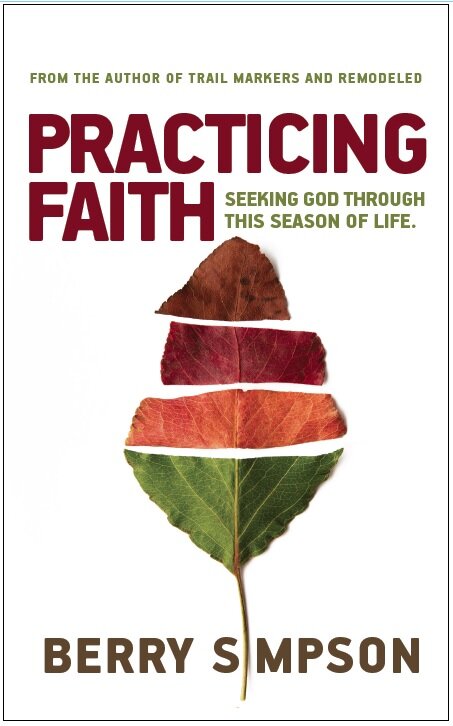Coffee and the Future
/I’m nervous writing about coffee knowing my serious coffeephile friends who go to great lengths to make the best just roll their eyes at what I drink. But it’s become a topic  again in our house since our coffee maker picked a fight with us.
When we moved into our new house, seven years ago, one of the first additions was a Keurig single-cup coffee maker. Cyndi and her sister Tanya bought it for me since I seldom drank more than one cup when home, meaning I never wanted to make an entire pot.
again in our house since our coffee maker picked a fight with us.
When we moved into our new house, seven years ago, one of the first additions was a Keurig single-cup coffee maker. Cyndi and her sister Tanya bought it for me since I seldom drank more than one cup when home, meaning I never wanted to make an entire pot.
The irony is that Cyndi and Tanya used my coffee maker at least 90% of the brews, Cyndi making her tea and Tanya making her coffee. In fact, they wore out that first Keurig before I had consumed 100 cups. That’s a guess, by the way. I didn’t log my cups.
Then they confiscated a Keurig that my dad wasn’t using, and wore it out.
A couple of weeks ago our third Keurig stopped flowing water, and the company agreed to replace it under warranty. Cyndi unpacked the new one – which will make a carafe of coffee as well as one cup – and tried making her tea. She immediately ran into Keurig’s new business model, which is to allow only official K-Cups to be used in their machines. Apparently they decided they were losing too much money with people buying coffee pods anywhere they chose, so they built something similar to Digital Rights Management (DRM) into their new machines. They will only work when the pods are authentic Keurig-brand K-Cups.
I can’t argue with their decision. They’re just trying to stay in business, and it’s the same strategy used by most printer manufacturers. But since their original machines did not have DRM, it now feels offensive and abusive.
Coffee is a big deal. People around the world drink more coffee than any other drink besides water: four hundred billion cups a year. A cup of Starbuck’s costs at least $16 per gallon, or about $672 per barrel. Even at that price, 24% of Starbuck’s customers still visit 16 times a month
Coffee also has nutritional value. Walter Willett, chairman of the department of nutrition at Harvard School of Public Health and a leading investigator of coffee, said, “Coffee is rich in antioxidants – substances in vegetables and fruits that deactivate disease-causing byproducts of the body’s metabolism.” In tests conducted at the University of Scranton in Pennsylvania, “coffee topped the list of foods that are densest in antioxidants, surpassing blueberries, broccoli, and most other produce.” Only chocolate, dried fruits, and dried beans ranked higher.
I wish that I enjoyed coffee more than I do. When I do drink it, I like simple, black coffee, decaf with no additives. (I drink decaf to protect my blood pressure.) I don’t want whipped cream in my coffee, or ice cream, or chocolate, or candy, or mint, or alcohol, or leaves, or foam, or anything else. Even though Cyndi uses our coffee maker (for making tea) significantly more often than I use it (to make coffee), I want it to work well and serve us. I like having the option.
The reason I get weirded out about something like limitations from a coffee maker is because it flags a deeper issue. Keurig is moving in the exact opposite direction from how I want to live the rest of my life. They want to increase limits and restrictions while I want a more open-source future.
Too many men my age load up their lives with rules and opinions and limitations, adding more each year. They have a growing list of ideas and people they complain about, and resist anything new or different.
I don’t want to live that way. I want to shed restrictions, not add more. I want to grow inclusive and not exclusive, generous and not needy, open and not closed, accepting and not combative. I want to embrace new ideas, not attack them.
How about you? What do you think? Maybe we should meet for coffee and talk about it.
“I run in the path of Your commands, for You have set my heart free.” Psalm 119:32
I need your help. The primary reason people read these articles is because people like you share with friends, so please do. And thank you. Also, you can find more of my writing on my weekly blog, read insights on Tumblr, and follow me on Twitter and Facebook.






